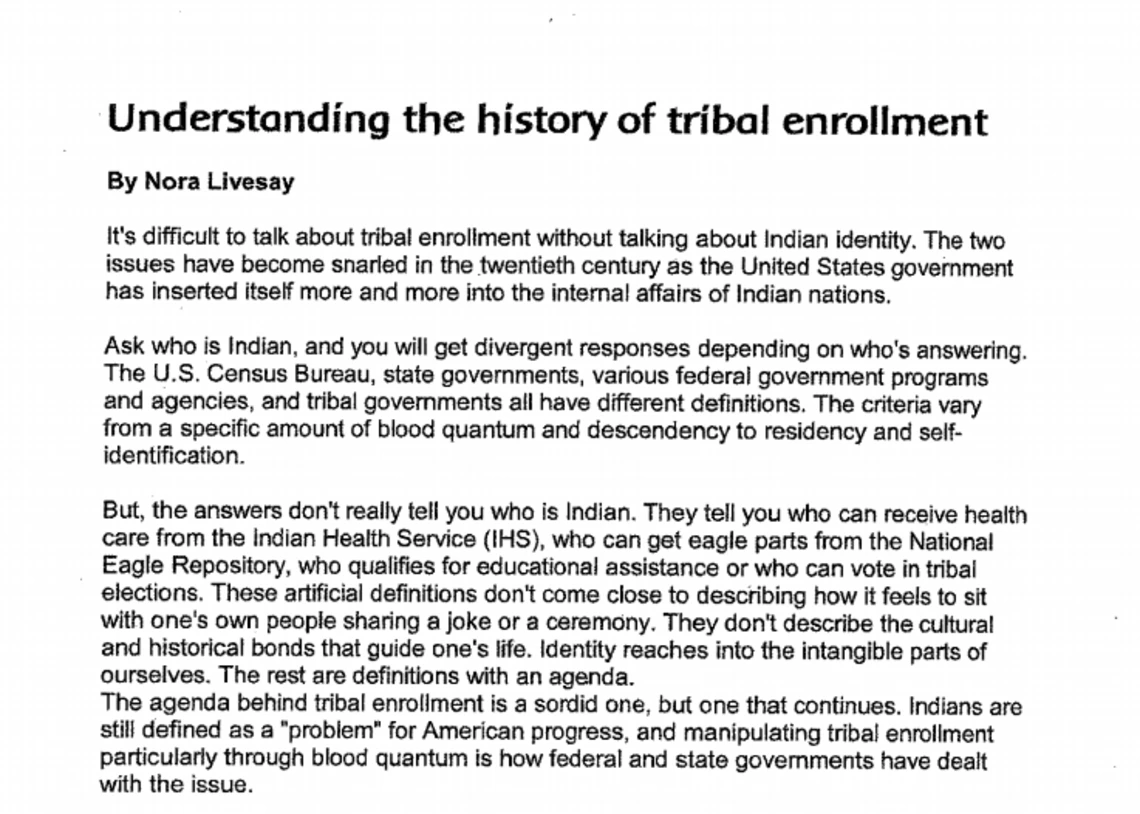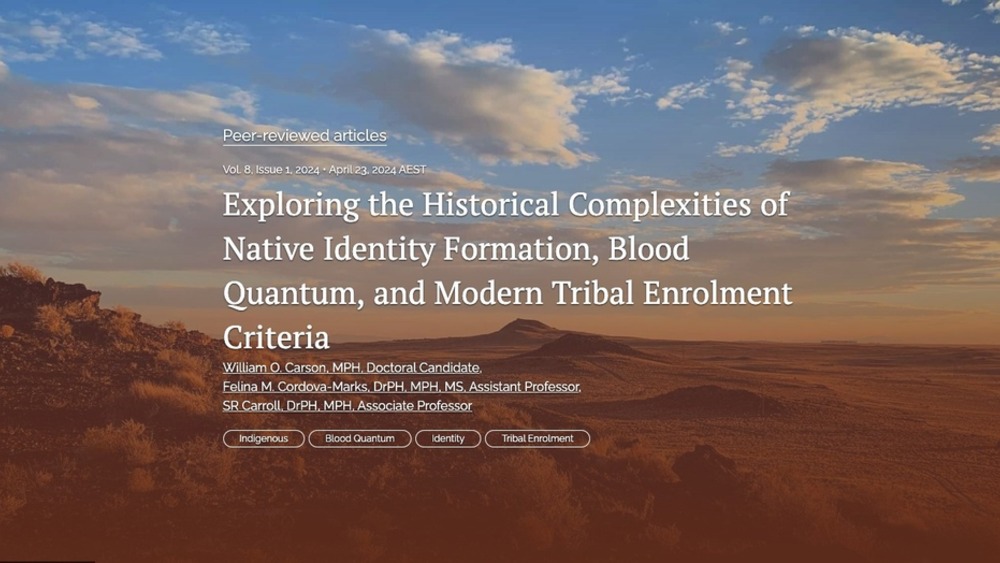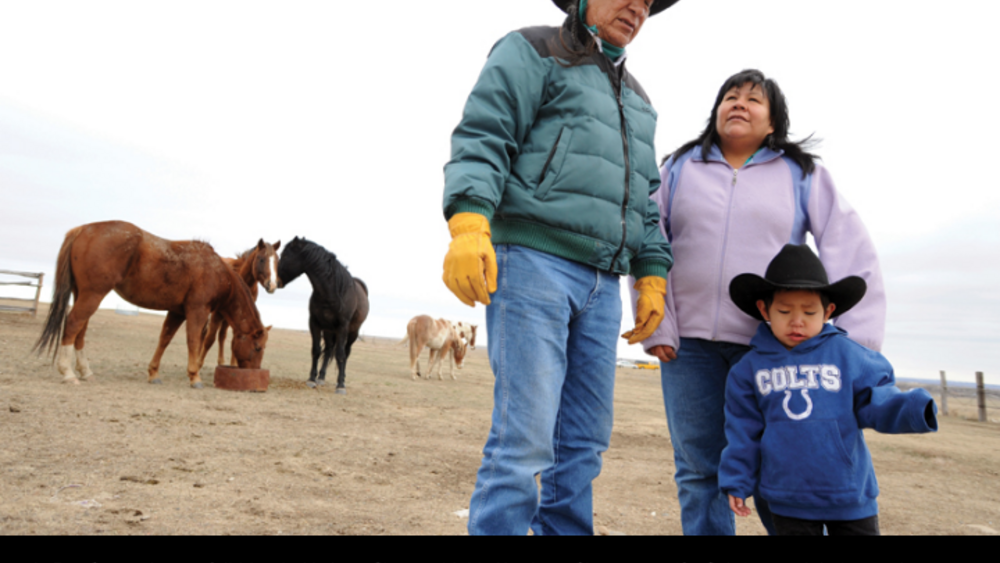It's difficult to talk about tribal enrollment without talking about Indian identity. The two issues have become snarled in the twentieth century as the United States government has inserted itself more and more into the internal affairs of Indian nations.
Ask who is Indian, and you will get divergent responses depending on who's answering. The U.S. Census Bureau, state governments, various federal government programs and agencies, and tribal governments all have different definitions. The criteria vary from a specific amount of blood quantum and descendency to residency and self-identification...
Additional Information
Livesay, Nora. "Understanding the history of tribal enrollment." The American Indian Policy Center Newsletter. The American Indian Policy Center. St. Paul, Minnesota. Fall 1996. Paper. (http://nayapdx.org/wp-content/uploads/2013/10/naya-101.pdf, accessed June 4, 2024)




